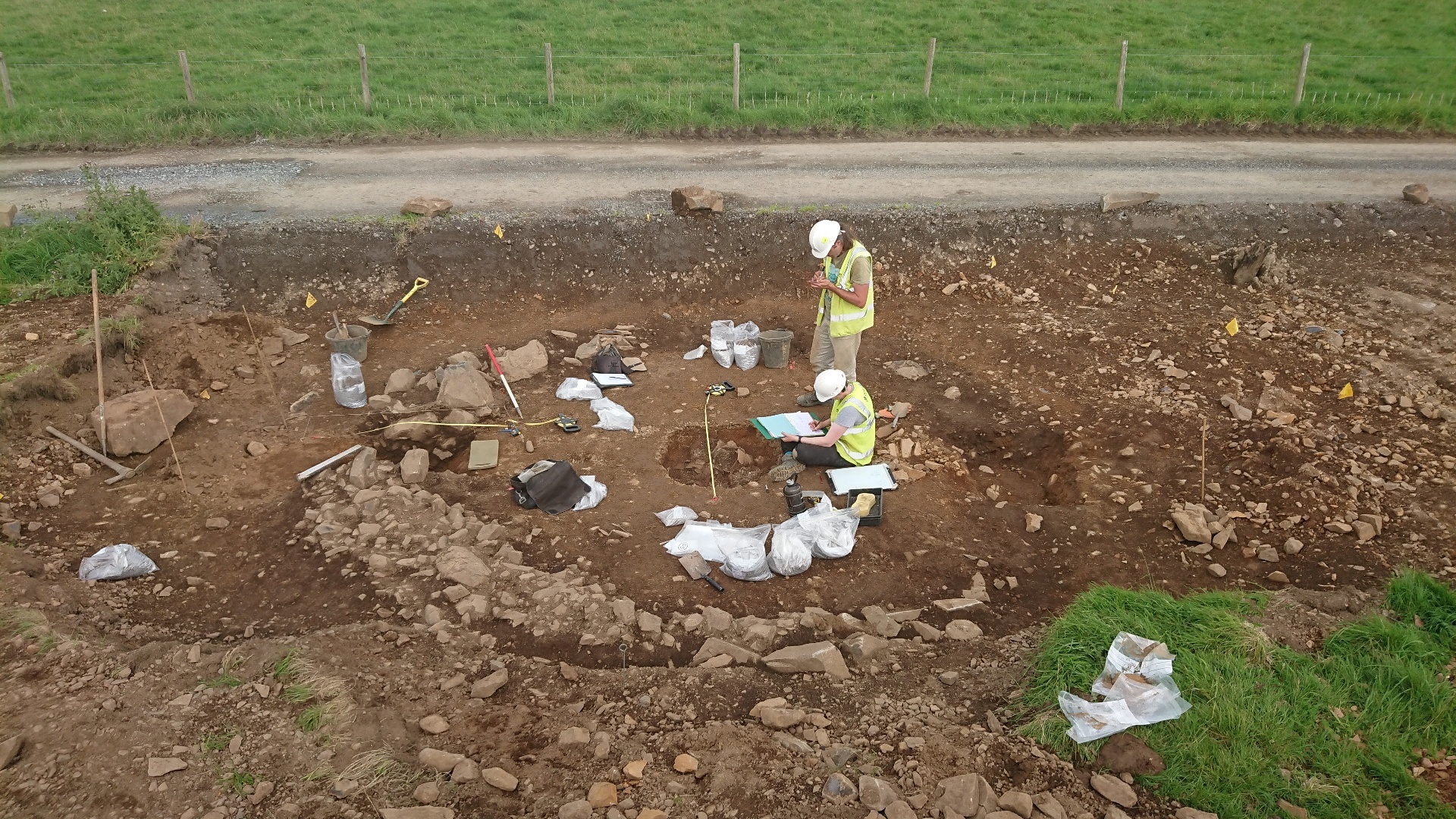Lost remains of last known Tasmanian tiger found hidden in museum cabinet
A female Tasmanian tiger that died in 1936, not a male named Benjamin, was actually the last surviving member of this extinct species. The female's remains had been hidden in museum storage.

It has long been believed that Benjamin, a male Tasmanian tiger (Thylacinus cynocephalus), was the last surviving member of this now-extinct species of striped marsupial. However, new evidence confirms that three years after Benjamin died, the death of an elderly female actually marked the species' true extinction and that its remains had been hiding in plain sight.
Curators at the Tasmanian Museum and Gallery (TMAG) in Tasmania, Australia, made the startling discovery while searching for the female thylacine's remains in museum storage, where they found its skin and bones in a cabinet. For a time, the specimen (which curators didn't realize was the last known thylacine on record) had traveled to area schools for educational demonstrations about thylacine anatomy, according to a museum statement.
In 1936, a trapper named Elias Churchill captured the marsupial and sold it to the Hobart Zoo, where it soon died. The zoo donated the Tasmanian tiger's remains to the museum, but in the nearly 90 years since the exchange, the specimen's whereabouts were unknown, adding to the "zoological mystery," according to the statement.
Benjamin, on the other hand, had died three years earlier, in 1933, also while living in captivity, making him the penultimate survivor of the species.
"When the last thylacine died in [the zoo], it was reported that its body had been sent to the museum, but it was never identified," Kathryn Medlock, co-author of an upcoming study about the finding and TMAG's honorary curator of vertebrate zoology, told Live Science in an email. "Many people attempted to [identify it] by matching up the banding pattern without knowing that they were using a photograph of the second-to-last thylacine [Benjamin] rather than the last, which was never photographed."
Related: Could extinct Tasmanian tigers be brought back from the dead?
Determined to solve the mystery, Medlock and study co-author Robert Paddle, a comparative psychologist at the Australian Catholic University, went searching through the museum's archives for the remains.
Get the world’s most fascinating discoveries delivered straight to your inbox.
"I often thought that it might be there," Medlock said. "I found a mention of the museum's taxidermist working on a thylacine in an old (unpublished) annual report for 1936 and 1937. This was the first written confirmation of the thylacine arriving at the museum.
The zoo attendants did not treat the Tasmanian tiger well, often forgetting to feed the animal and keeping it outside, rather than letting it into its sheltered sleeping quarters, according to the book "The Last Tasmanian Tiger: The History and Extinction of the Thylacine" (Cambridge University Press, 2000).
"It's only recently that I've been able to do a thorough review of the TMAG thylacine collection," she added. "I found that two of the six skins and mounts couldn't be traced to a recorded donation. One of these was prepared extremely well; the other had been roughly removed from the body and was missing its nose, feet and tail, and was not tanned very well."
The female thylacine's body had been skinned, and the disjointed skeleton was divided into sections, making it portable for travel purposes as part of the museum's educational collection, according to the statement.
Researchers aren't sure how old the female Tasmanian tiger was when it died, only that "the skeleton reveals that it was a very old animal," Medlock said. "Its teeth are extremely worn down, and the wear is evenly distributed across all tooth types."
"I think that the identification of the specimen, and its display in the Tasmanian Museum, will encourage people to reflect on how easily a species can go extinct — almost before anyone noticed," Medlock said.
Thylacines went extinct after years of overhunting, including bounties paid for by the government; habitat destruction; and introduced disease, according to National Museum Australia and The Conversation.
The newly discovered remains are now on display in TMAG's thylacine gallery.
Jennifer Nalewicki is former Live Science staff writer and Salt Lake City-based journalist whose work has been featured in The New York Times, Smithsonian Magazine, Scientific American, Popular Mechanics and more. She covers several science topics from planet Earth to paleontology and archaeology to health and culture. Prior to freelancing, Jennifer held an Editor role at Time Inc. Jennifer has a bachelor's degree in Journalism from The University of Texas at Austin.


